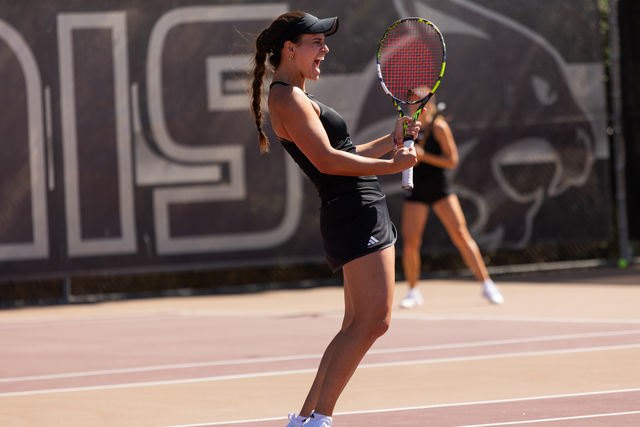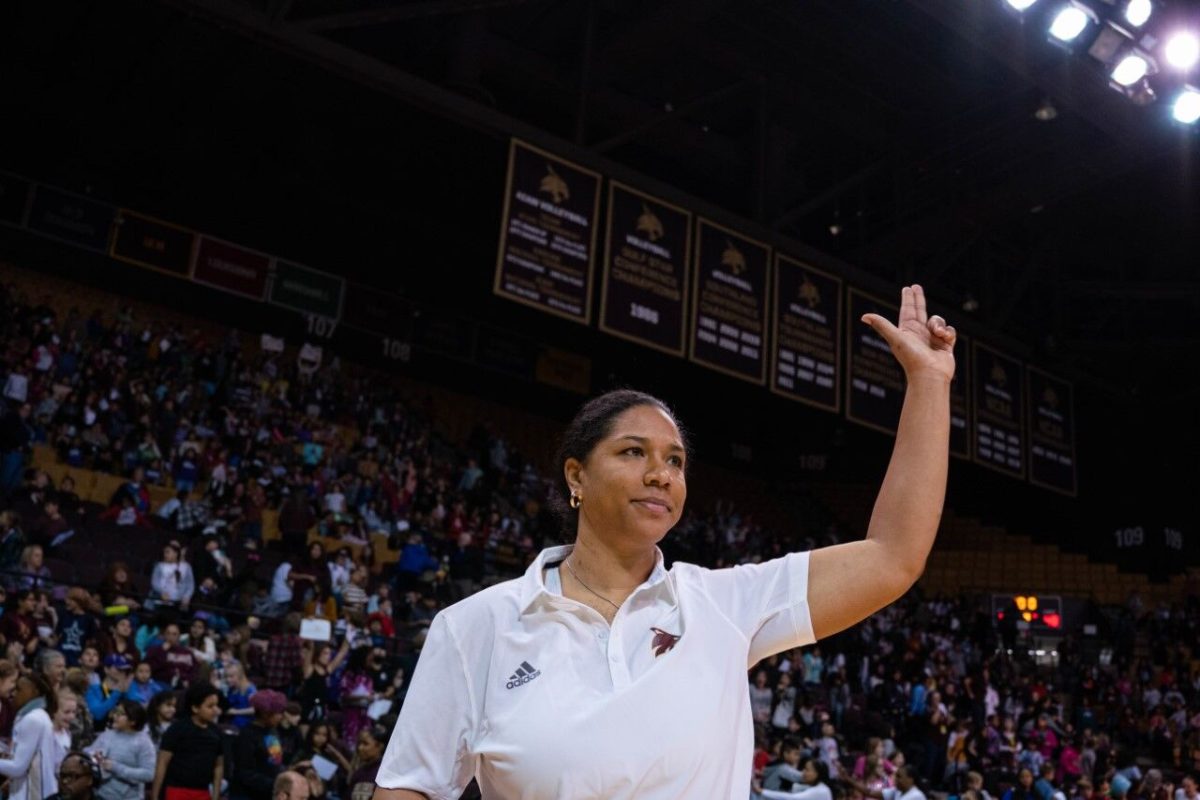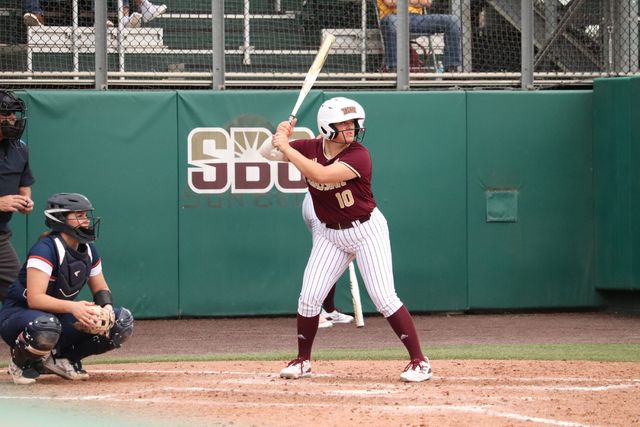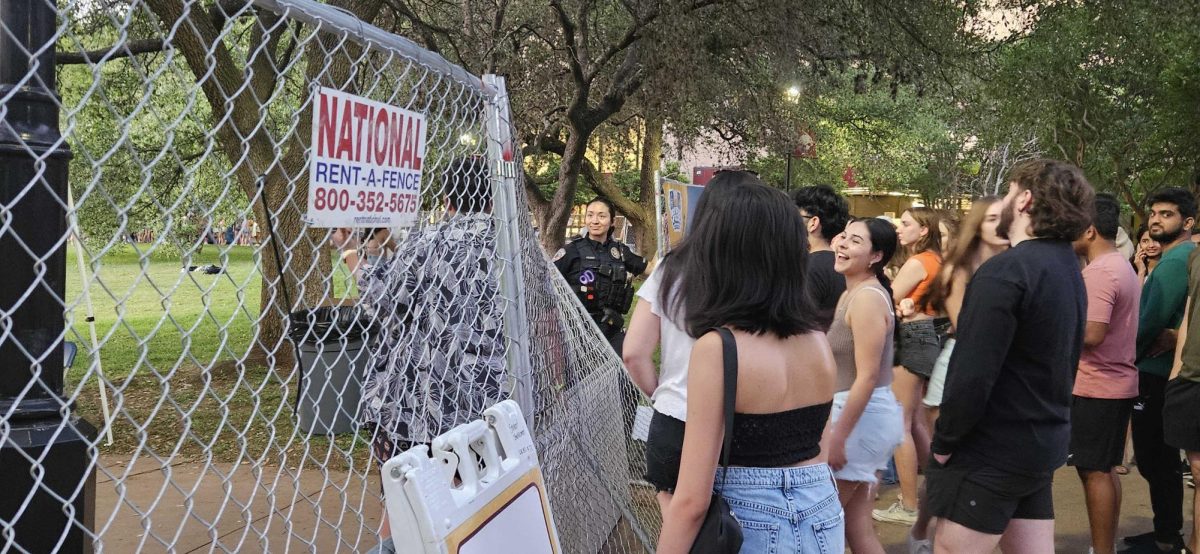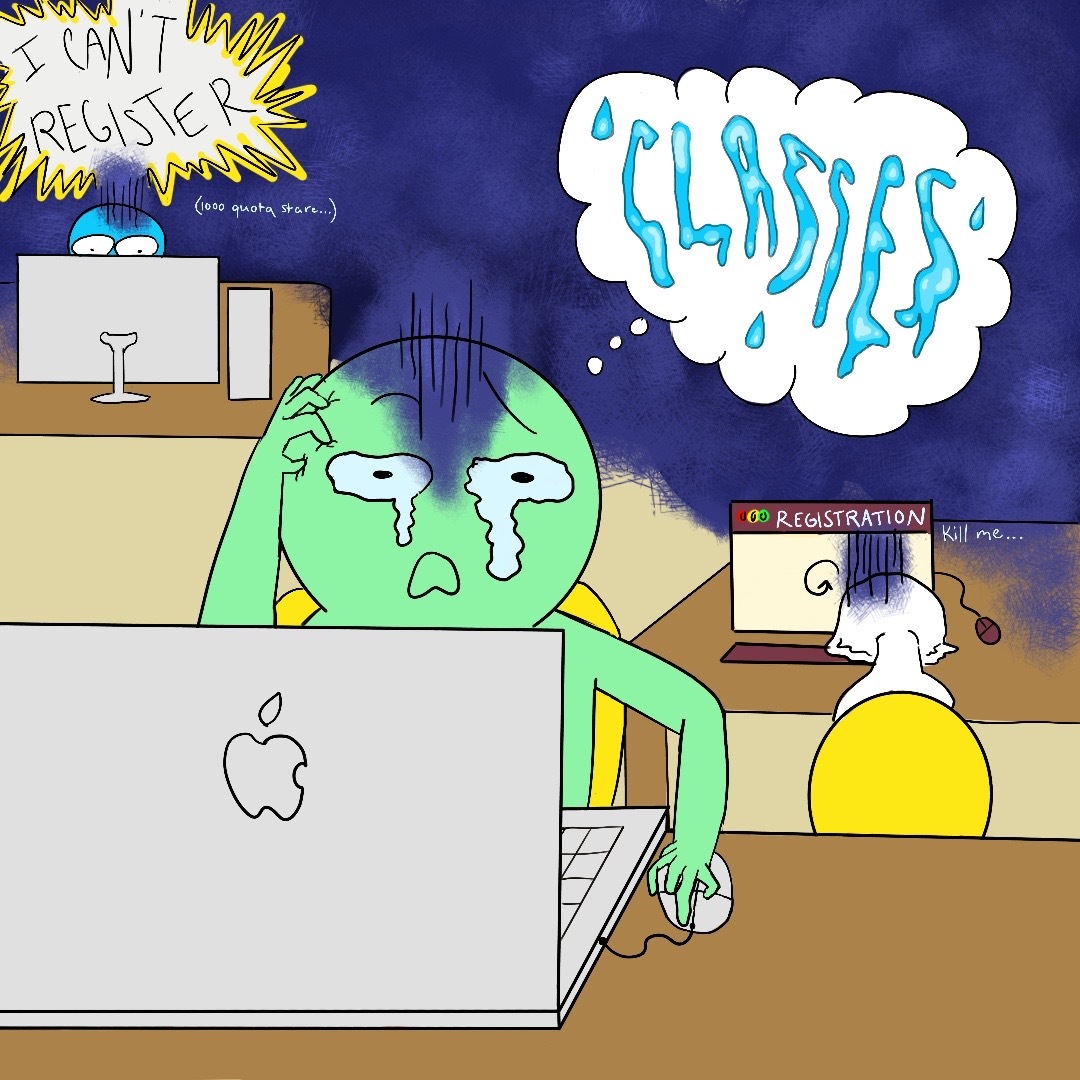If being a student was not already enough, imagine incorporating the life of an athlete on the back end of it. Association with the title “student-athlete” consists of much more than Saturday night lights, packed stadiums and hundreds of Instagram likes.
Wins, losses and awards are only the result of the tumultuous process that takes place behind the scenes. What the average joe does not see are the early morning film sessions, grueling offseason workouts and late night study hours. While getting caught up in high expectations for these students, it is easy to ignore the fact that mental illness has become common amongst them.
Researchers from Drexel University and Kean University surveyed 465 student-athletes at an anonymous institution over a three-year period. It was concluded that nearly a quarter of the college athletes sampled displayed clinically relevant depressive symptoms.
Mental illness can range from something as simple as stress to the treacherous depths of depression. The worrisome detail is the fact that some student-athletes feel as if they cannot speak to anyone about their problems.
Victoria Garrick, University of Southern California indoor volleyball player, toldUSA Today that “there’s a fear of admitting a weakness because you don’t want to be viewed as weak.” FC’d
Brian Hainline, NCAA Chief Medical Officer, expressed that the “stereotype is that student-athletes are tough somehow or more put together than others.”
Many student athletes are expected to be strong. But behind every 1,000 yard wide receiver, 800-meter track runner and All-American volleyball libero, is an individual with emotions. If they do not feel comfortable enough to speak to their own peers about their troubles, major revisions need to take place.
Texas State University track & field athlete, Joe Austin III, stated that “balancing classwork and athletic schedules can equal more stress than usual.” Because of the the expectations placed upon them, student-athletes are sometimes more vulnerable to mental health than regular college students.
Timothy Neal, assistant athletic director for sports medicine at Syracuse University, acknowledged that student-athletes “have stressors and expectations of them unlike the other students that could either trigger a psychological concern or exacerbate an existing mental health issue.”
It is not just one individual’s job to tackle the issue of mental illness. It takes a local, domestic and international effort to alert student-athletes to the resources put in place to help them. If these young students do not know where to find help, help must find them.
In a study by the University of Washington, out of 477 examined NCAA student-athlete deaths, 7.3 percent were by way of suicide. Focusing on the specific reasoning for the lives lost would be irrelevant. Finding ways to prevent that number from increasing would be righteous. Maybe a simple conversation could have altered one of those individual’s decisions. It is up to communities to pay more attention to their student-athletes and help find ways to combat mental illness. That includes universities, families and peers.
Student-athletes seeking aid for their anxiety, depression or isolation are not frail. And their environment is doing them a huge disservice by allowing them to feel alone.
– Jaden Edison is an electronic media freshman


